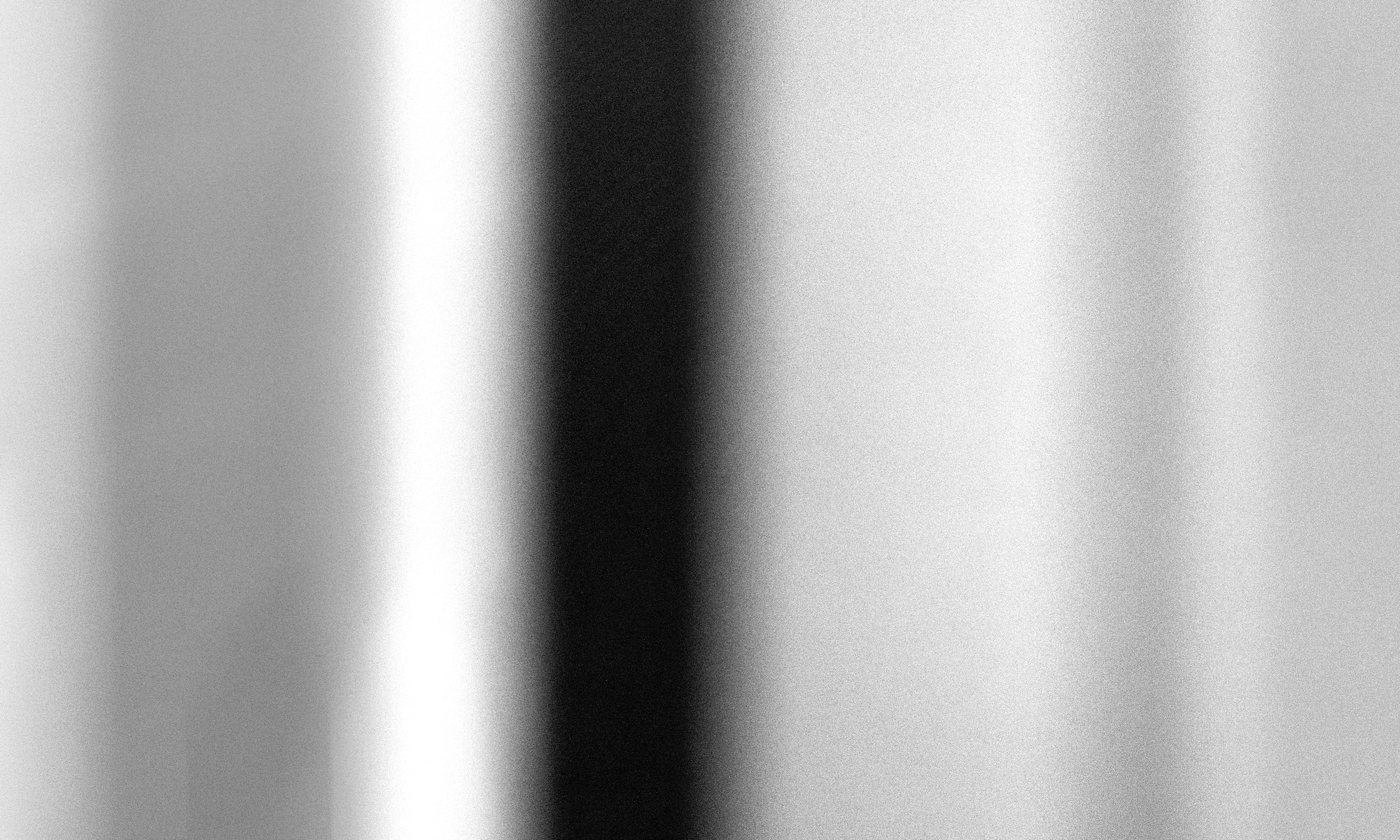I’ve noticed a significant interest in Laruelle’s work amongst cultural and arts theorists recently. The bookshop at the ICA, for instance, has a growing section of books on or by Laruelle. In this short post I want to consider what we might gain, as photographers, from engagement with Laruelle’s work. In doing this, my starting point is O’Sullivan’s (2017) paper, moving on to work by Laruelle (2013) and commentaries by Mackay (2012a; 2012b) and Brassier (2003). It should be noted that Laruelle’s work is famously difficult to read – Derrida complained that his work was impenetrable, but I think this arises from his objection to Laruelle’s refusal to play the conventional game of continental philosophy. Derrida is certainly as difficult to read for those outside the game.
From the start we should note that Laruelle has written specifically on photography (or rather on non-photography). I am not going to deal directly with this work here on two grounds; (i) as noted in earlier posts, the interest of philosophers in photography relates specifically to philosophical questions which are not, necessarily, of core interest to those developing theory in and of the field and practice of photography (in other words, we don’t have to take to heart, and welcome into our theoretical canon, everything that takes photography as its object, particularly in pursuing its own (field) interests); (ii) I am waiting for another reader to return the ‘non-photography’ book to the library. As Mackay (2012a) notes, photography as an idea was important to philosophers before we had the means to produce a photograph. This raises the question of the extent to which we should allow rumination on the idea of photography to dictate, or at least shape, how we think about the practice of photography.
Put in the simplest of terms (with apologies for any resulting symbolic violence), Laruelle sees philosophy as placing itself outside (more precisely, above) the real and makes a commitment (or decision) to produce accounts (understandings) of the real, with resonance, dissonance and disputation between competing, or at least co-existing, philosophical positions. Non-philosophy, or non-standard philosophy, in contrast is grounded in, and remains as an activity within, the real. It cannot produce critical accounts of alternative philosophical positions, as this would entail rising above the real to engage with alternative (philosophical) perspectives. It maintains, however, a relationship with philosophy (it is not anti-philosophy) in that it can use philosophical work as material in its own endeavours (though this will entail the projection, or descent, of philosophy into the real, through its incidences, and consequences, in practice, rather than through customary academic engagement). As a result, non-philosophy produces fictions in the world that are speculative and experimental in character, rather than proposing alternative explanations and interpretations of the world; a heuristic rather than a hermeneutic enterprise.
O’Sullivan (2017) explores six ‘applications’ (p.298) of non-philosophy to art practice. The first is diagrammatics, ‘the practice of decontextualisation, reorganisation, and general manipulation of philosophical material that have been untethered from their properly philosophical function or discourse’ (p.299). What can be done with these untethered materials, freed, for instance, from the need to represent or explain? The second is ‘art as a model’, in which art is conceived as offering, perhaps, a model for how such untethered materials might be deployed. The third is a proposal for a ‘non-art’, which refuses to (auto) position itself with regard to that which came before (and which, through its abstraction from activity, as risen above the real). The fourth is a proposal for ideological critique, offering, perhaps, and means to open up the coalition of contemporary art with neo-liberalism. The fifth is the prospect of performance fictions, where performance come from, and remains within, the world, without being about the world. The final application is the possibility of a fiction of the self, the production of a life lived otherwise, and the consequent question of the constitution of subjectivity. This fictioning entails not the dissolving of self, put the production of a more contingent self.
Both the account of Laruelle’s work and O’Sullivan’s ‘applications’ to art practice above are, by necessity, excessively compressed. I hope, though, that there is sufficient to see resonances with themes explored elsewhere in the CRJ. For instance, the move towards a more speculative way of working, and the use of ‘untethered’ material (whether purposefully untethered or by happenstance, in the case of skeuomorphs, material metaphors, where past function is forgotten in the passage into the present as design). Also the call to generate critical commentary from within practices/fields, and to utilise ‘material’ from other fields in so doing, rather than taking on the concerns of, or being objectified by, discourses that have risen, or been positioned, above practice. And earlier posts on post-humanism. Finally, there is the question of the the tendency (or necessity, perhaps, in their ‘standard’ form) for organising discourses to place their agents in super-ordinate positions, above the general population (for example, where is Frances Galton placed in the bell curve, and where do the parenting practices of the middle classes sit in the professional discourse of childcare?).
References
Brassier, R. 2003. ‘Axiomatic heresy: the non-philosophy of Francois Laruelle’. Radical Philosophy, 121: 24-35.
Laruelle, F. 2013. Principles of Non-Philosophy, trans. Nicola Rubczak and Anthony Paul Smith. London: Bloomsbury.
Mackay, R. 2012a. ‘Response to Laruelle on Non-Photography’ Presentation at Goldsmiths College, London. Available at: http://readthis.wtf/writing/response-to-laruelle-on-non-photography/ [accessed 03.03.19]
Mackay, R. 2012b. ‘Art and the practice of non-philosophy’ Presentation at Pavilion, Leeds, June 2012. Available at: http://readthis.wtf/writing/art-and-the-practice-of-non-philosophy/ [accessed 03.03.19]
O’Sullivan, S. 2017. ‘Non-philosophy and art practice (or fiction as method)’. In J.K. Shaw and T. Reeves-Evison (eds) Fiction as Method. Berlin: Sternberg Press.
